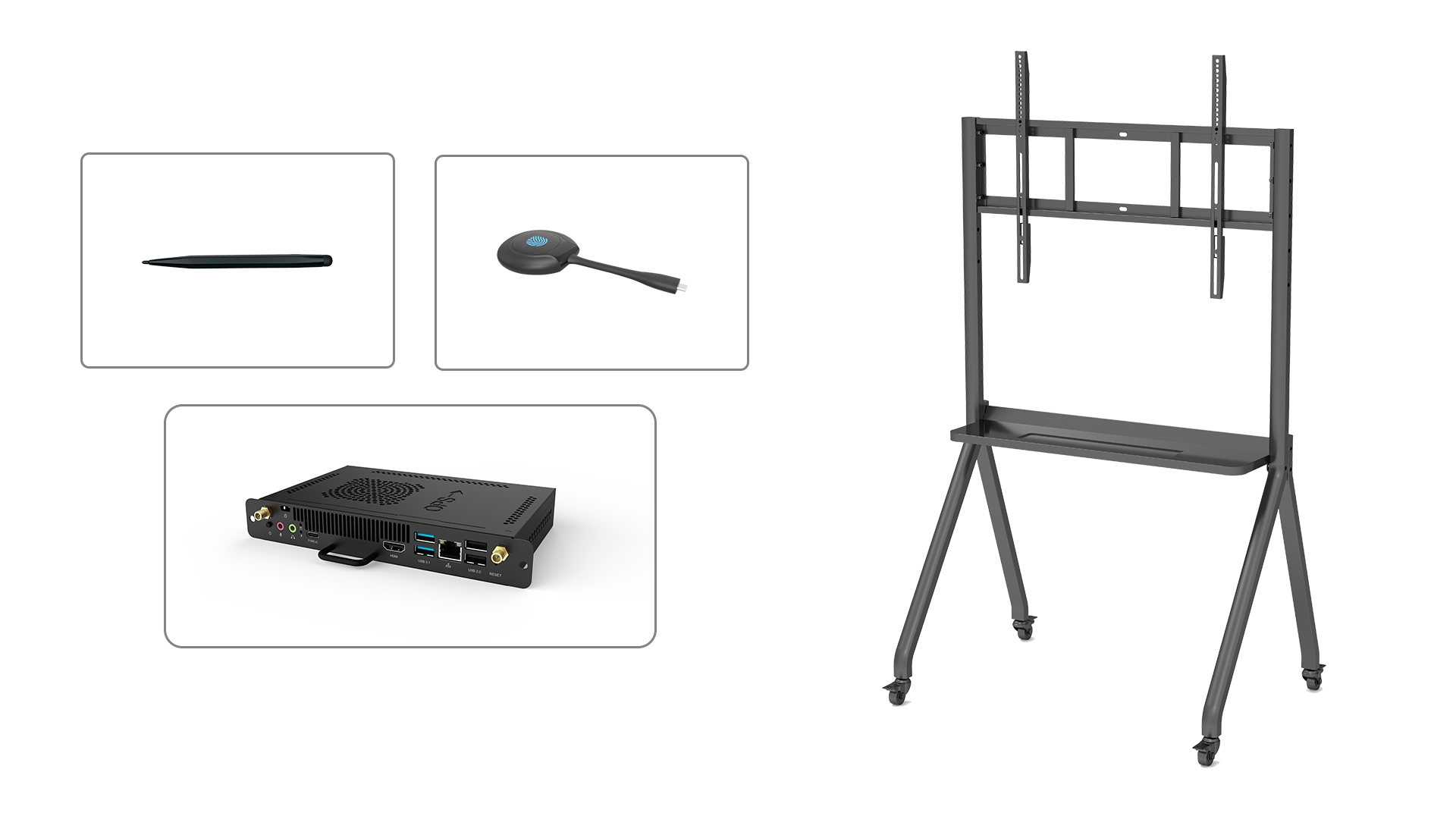As technology continues to advance, its impact on various industries becomes more apparent. One of the sectors significantly benefiting from technological advancements is education. Traditional teaching methods are being supplemented, if not replaced, by innovative tools such as interactive learning displays. These digital devices are revolutionizing the way students learn and engage in the classroom.
The Power of Interactive Learning Displays
Interactive learning displays are interactive touchscreen devices that serve as a medium for educational content delivery. They combine the benefits of traditional whiteboards, projectors, and computers into a single device. These displays enhance learning experiences by providing a dynamic and engaging environment for students.
With interactive learning displays, educators can present information in various formats, including text, images, videos, and interactive applications. This multimodal approach caters to different learning styles, making it easier for students to grasp complex concepts. Additionally, these displays allow for real-time collaboration, enabling students to actively participate in group activities and discussions.
The Benefits of Interactive Learning Displays
Integrating interactive learning displays into the classroom offers numerous benefits for both educators and students. Here are some key advantages:
- Increased Engagement: Interactive displays capture students' attention and make learning more enjoyable. The interactive nature of these devices encourages active participation and collaboration.
- Improved Retention: Studies have shown that interactive learning enhances information retention. The combination of visual, auditory, and kinesthetic learning elements helps students retain information better.
- Personalized Learning: Interactive displays allow educators to tailor lessons according to individual students' needs. They can incorporate adaptive learning software and personalized assessments to ensure every student receives the necessary support.
- Enhanced Collaboration: Interactive displays facilitate collaboration among students. They can work together on projects, share ideas, and engage in interactive activities, promoting teamwork and communication skills.
- Interactive Assessment: These displays enable educators to conduct interactive assessments, quizzes, and surveys in real-time. This immediate feedback helps identify students' strengths and weaknesses, allowing for timely intervention.
Choosing the Right Interactive Learning Display
When selecting an interactive learning display, there are several factors to consider:
- Size and Resolution: Determine the appropriate screen size and resolution based on classroom size and viewing distance.
- Touch Technology: Consider the type of touch technology (e.g., capacitive, infrared) that suits your teaching style and the needs of your students.
- Connectivity Options: Look for displays with multiple connectivity options, such as HDMI, USB, and wireless connectivity, to ensure compatibility with various devices.
- Software and Applications: Evaluate the available educational software and applications that come with the display. Ensure they align with the curriculum and provide the desired functionalities.
- Budget: Set a budget and compare different options to find a display that offers the best value for your investment.
Conclusion
Interactive learning displays are transforming education by creating immersive and interactive learning environments. These devices enhance engagement, improve information retention, and facilitate personalized learning. Educators should carefully consider their teaching needs and choose the right interactive learning display to maximize the benefits for their students.






